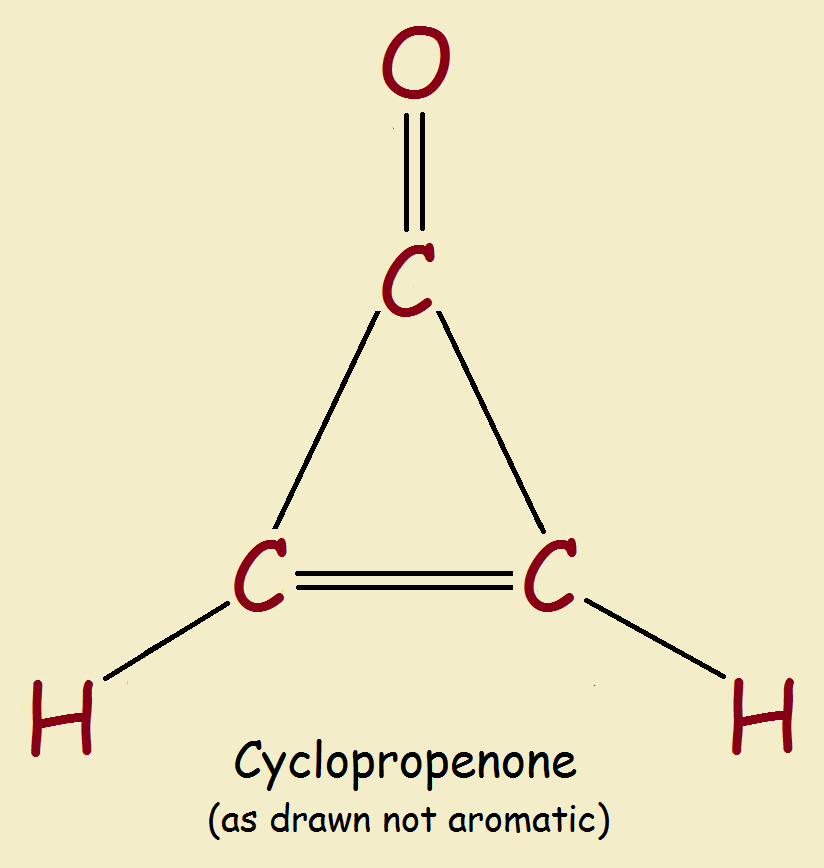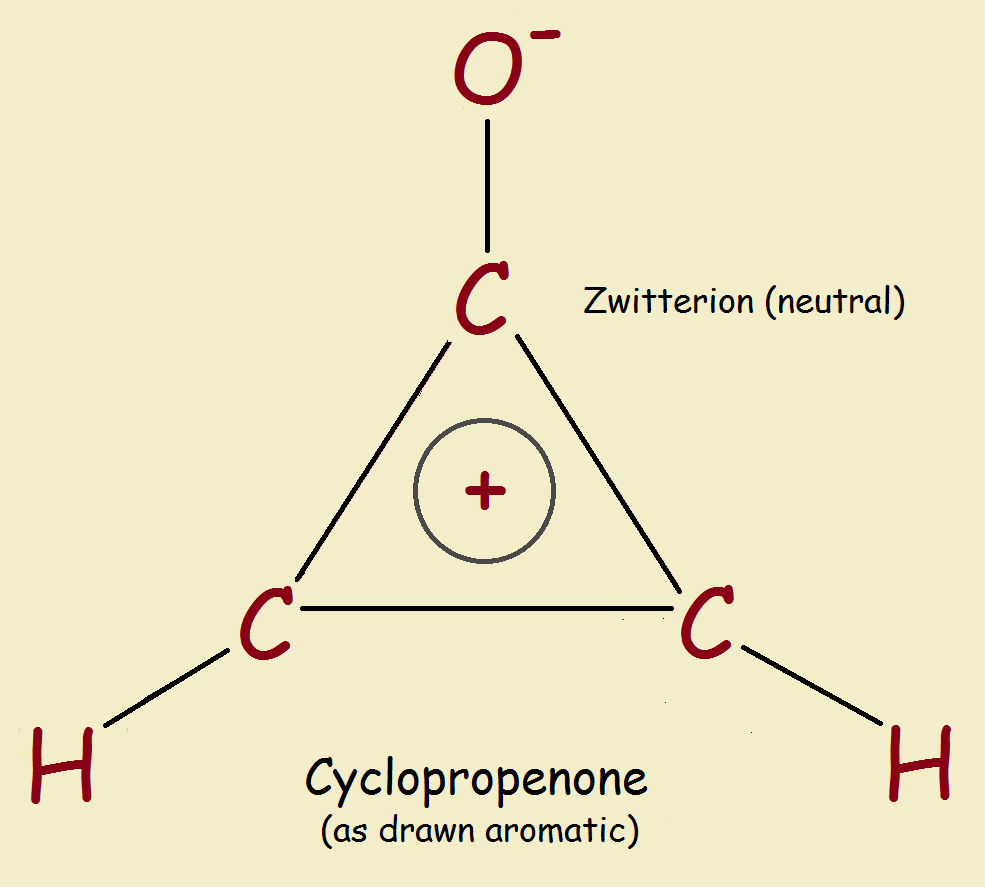
When most students think of aromatic, they think of simple hydrocarbons—compounds composed of hydrogen and carbon atoms only. The best known example of an aromatic hydrocarbon is the 6-sided cyclic compound benzene—C₆H₆.
Benzene, if drawn according to classical structures, has alternating single and double bonds between carbon atoms.
Basic Qualifications for Aromaticity
A double bond consists of one sigma (σ) and one pi (π) bond. If the ring is single rather than multiple (as, for instance, for naphthalene, which is comprised of two fused rings), and if it has 4n+2 completely conjugated π electrons in a closed loop or ring, is neutral, and is flat, the structure obeys Hückel’s rule and will be aromatic. There are non-neutral species, however, that are also aromatic, such as the tropylium cation, the cyclopentadienyl anion, and the cyclopropenyl cation.
Charged Aromatic Structures
The tropylium cation is also known as the cycloheptatrienyl cation. It has, not seven π electrons, but because it is a cation, six.
The cyclopentadienyl anion has, because it bears a negative charge, has not five π bonds, but six.
The cyclopropenyl cation is the smallest of the aromatic structures. It has, not three π bonds, but two, because it, too, is a cation, missing an electron.
Perhaps you would enjoy this Khan Academy video that includes cyclopropenone in its discussion.
Cyclopropenone Aromatic? Heteroatoms

Note: You might also enjoy Hückel’s Smallest: Aromatic Cyclopropenyl Cation
References:
- ACS: C&EN archives: Experiments show cyclopropenone is aromatic
- NPTEL: Benzene and Related Compounds: Aromaticity
← Back to Classic Science
← Home
